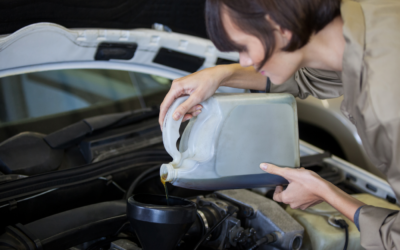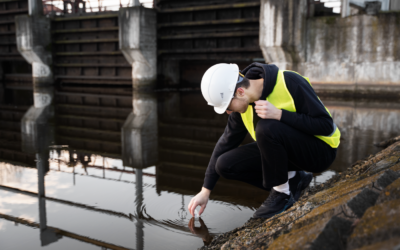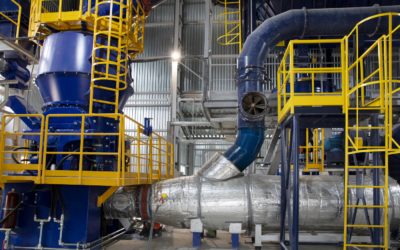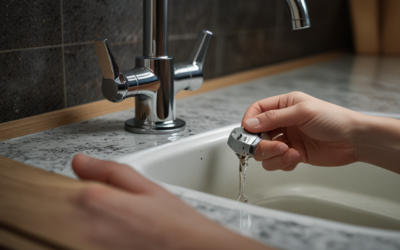Keeping your water heater running smoothly is vital to ensure that you always have hot water available when you need it. You rely on your water heater every day, whether it’s for a hot shower, a load of laundry, or cleaning dishes. As a property owner, it’s essential to know how to maintain your water heater to avoid costly repairs and increase its lifespan.
Here are seven essential tips to keep your water heater running efficiently:
1. Check the Temperature Setting
Knowing how to set your water heater’s temperature is essential for efficient running. According to the Department of Energy, setting your water heater’s temperature at 120°F can save you around $36-$61 per year. You may be tempted to set your temperature higher for extra warm showers, but that can increase the risk of scalding and can be dangerous for young children. So, it’s recommended that you keep the temperature at 120°F.
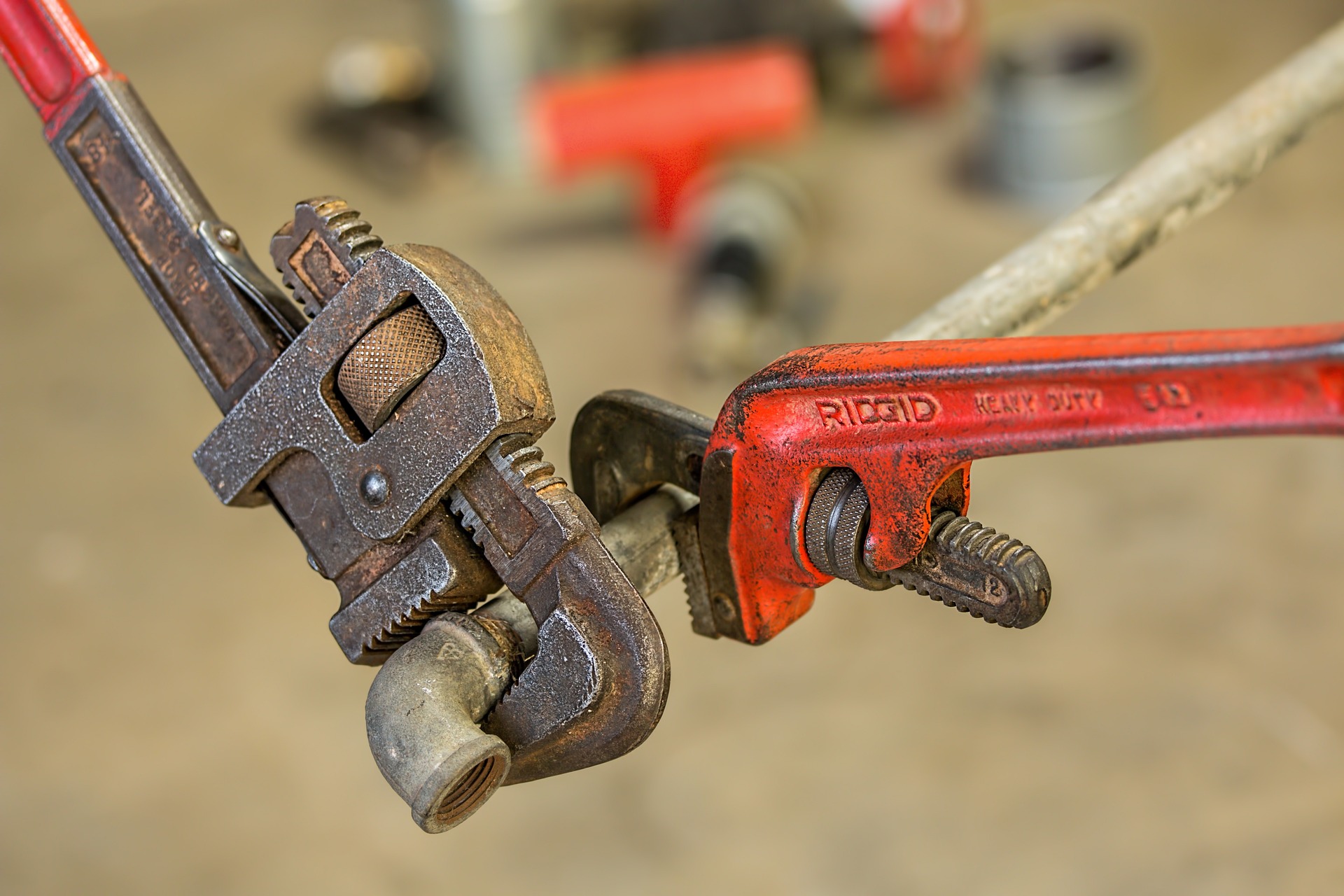
2. Insulate the Water Heater Tank
Insulating your water heater tank can lower your energy bills by up to 9%, according to Energy.gov. The more insulation you place around your water heater, the more heat you can keep in, and the longer it will stay hot. You can buy insulation blankets for your water heater from your local hardware store.
3. Install a Pressure Reducing Valve
If you have high water pressure in your house, it can cause a strain on your water heater, leading it to wear out faster. You can install a Pressure Reducing Valve (PRV) to regulate the flow of water throughout your home. Installing a PRV can reduce water pressure and increase the lifespan of your water heater.
4. Flush Your Water Heater Regularly
Over time, sediment and minerals can build up in your water heater tank and cause reduced efficiency. It is recommended to flush your water heater tank at least once a year to remove any accumulated sediment. To flush your water heater, turn off the power or gas supply, turn off the water supply, and allow the tank to cool before draining it through the valve at the bottom of the tank.
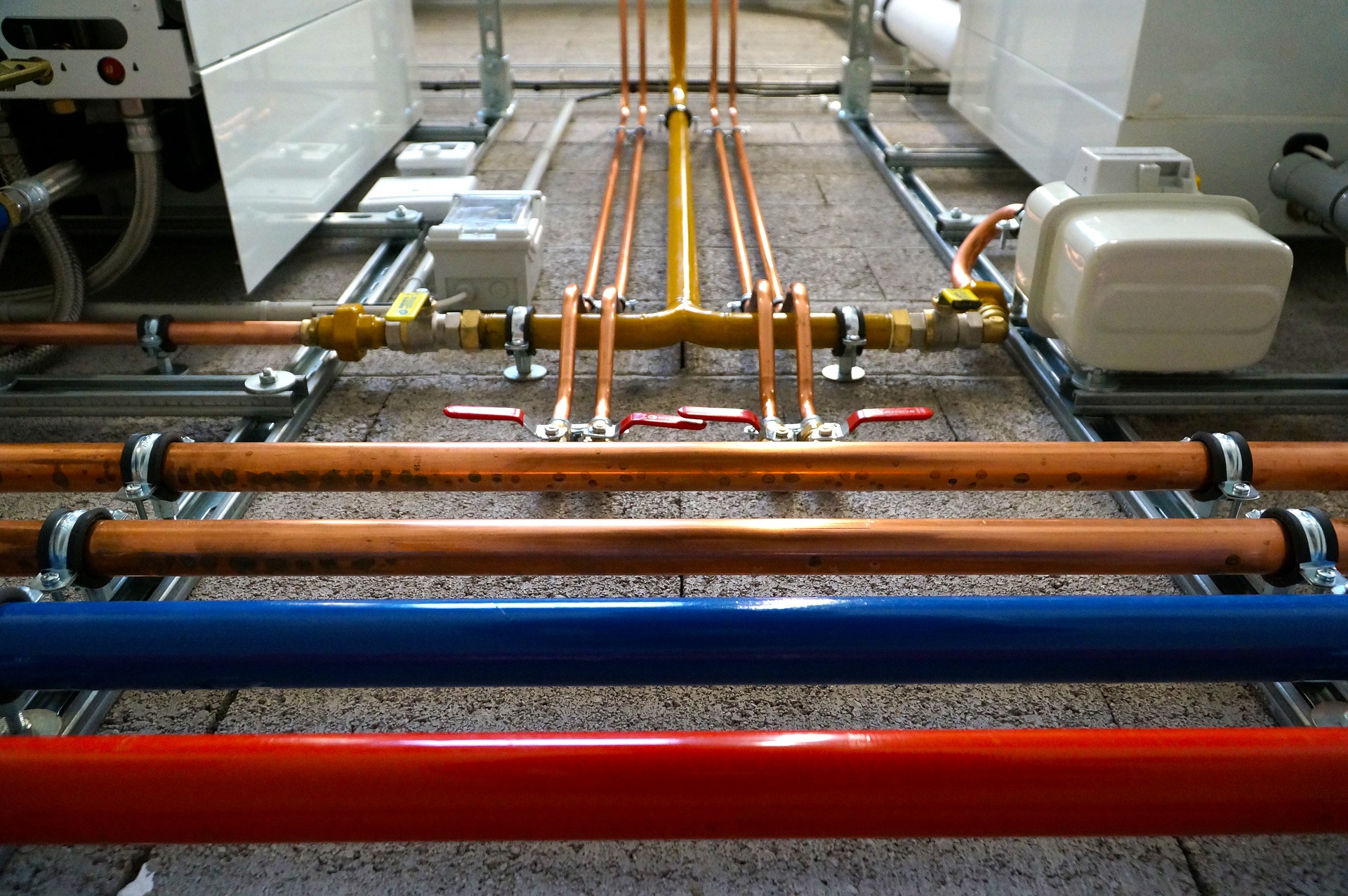
5. Test the Pressure Relief Valve
Your water heater has a Pressure Relief Valve (PRV) that releases pressure that builds up in your tank. It’s essential to test this valve regularly to ensure it’s functioning correctly. To test the valve, lift the valve handle, and allow the water to discharge. If the valve doesn’t release water or continues to leak water after discharging, it’s time to call a professional plumber to replace it.
6. Check and Repair Leaks Promptly
A leaking water heater can cause significant damage to your home, including water damage, mold growth, and potential structural issues. Regularly inspect your water heater for any signs of leaks, including damp spots on the floor around the tank, or rusted or corroded pipes. If you find any leaks, call a professional plumber to repair it as soon as possible.
7. Schedule Annual Maintenance
Finally, annual maintenance is crucial for the longevity of your water heater. Professional plumbers can check your water heater for any issues, flush the tank, check and replace any faulty parts, and ensure your water heater is running smoothly. Preventative maintenance can help avoid costly repairs, increase efficiency, and extend the lifespan of your water heater.
In conclusion, keeping your water heater running efficiently is not only essential for everyday comfort, but it will save you money on your energy bills and prevent costly repairs. Remember to regularly check your water heater’s temperature, flush the tank, check for leaks, install a PRV and insulation, and schedule annual maintenance. By following these simple tips, you can keep your water heater running smoothly for years to come. Don’t hesitate to call a professional plumber at (844) 711-1590 for any water heater maintenance or repair needs.


